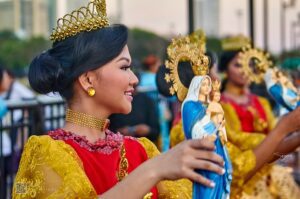
Candle Festival: Shines with Tradition and Devotion in Candelaria
This celebration of the “Candle Festival” takes place from the 31st of January to the 2nd of February each year and is held in order
Hondagua is a picturesque coastal barangay in the municipality of Lopez, located within the province of Quezon, Philippines. Situated along the shores of Lamon Bay, Hondagua is celebrated for its scenic beauty, characterized by lush coconut plantations that stretch towards the sea and a tranquil way of life that reflects the simplicity of rural living. The area’s fertile land and strategic location by the water make it ideal for both agriculture and fishing, which are the backbone of the local economy.

A notable feature of Hondagua’s coastline is its thriving mangrove areas, which play a crucial role in preserving the local ecosystem. These mangrove forests act as natural barriers against coastal erosion, provide habitats for various marine species, and contribute to the overall biodiversity of the region. The mangroves are not only ecologically significant but also enhance the community’s connection to nature, offering a serene and verdant landscape that complements the clear blue waters of Lamon Bay.
Hondagua has a rich history that dates back to the Spanish colonial period when the area was known as “Bagacay.” At that time, the region was predominantly covered in forests and jungle, and the people lived mainly by fishing and hunting wild animals. Despite its dense greenery and fields, the area was cherished for its abundant blessings. As development began, the name evolved to “Barangay Ilayang Bagacay.”
With the arrival of American rule, local governance was established. In 1927, construction began on a railway to connect the Bicol region to Manila. A train station was planned for Barangay Ilayang Bagacay. However, the American engineer in charge decided to rename the area. Inspired by the Spanish words “Honda,” meaning “deep,” and “Agua,” meaning “water,” due to its proximity to a deep water source, the name Hondagua was chosen. This name has been used ever since.
An intriguing feature of Hondagua is the abandoned Philippine National Railways (PNR) station, which has become a favorite spot for tourists. This old station, along with its decaying coach cars, offers a glimpse into the past. The abandoned site, left to deteriorate over time, has become a popular location for taking selfies and exploring its faded history. The contrast between the once-bustling station and its current state of decay adds a layer of nostalgic charm and makes it a unique destination for visitors interested in the remnants of the area’s historical infrastructure.
When at the seawall or on the beach, one can easily spot the port of Hondagua, where large vessels are occasionally docked. The blue-painted structure of the Philippine Flour Mills, an iconic landmark since its establishment in 1962, stands prominently in the port area. This milling company, known for its world-class standards and products, produces both hard and soft flour. The port is capable of accommodating ocean-going vessels that bring wheat imports from the United States and Canada. These imports are then distributed by land to Region 5, Region 4, and Metro Manila, making the Philippine Flour Mills a crucial player in the country’s food supply chain.
Hondagua is also known for its seawall, a favorite spot among locals and tourists, especially during sunset. This concrete seawall offers a perfect vantage point for watching the sun dip below the horizon, casting vibrant hues of orange, pink, and purple across the sky. It’s common to see people sitting along the seawall, enjoying the gentle sea breeze and the soothing sounds of the waves. This simple yet captivating experience of watching the sunset over Lamon Bay has become a cherished daily ritual for many, embodying the peaceful and reflective lifestyle that defines this coastal community.
Matinik Beach is one of the most popular destinations for locals, especially during the summer months. This well-known beach features charming cottages along the shore available for a minimal fee, as well as floating cottages that offer a unique experience right on the water. These floating cottages are ideal for those seeking a different perspective of the beach and its surroundings. To reach Matinik Beach, visitors typically ride the improvised trolley (skits) from Lopez town, experiencing the unique mode of transport that takes them through scenic landscapes. Upon arrival, they pass through Binutas Cave, adding an element of exploration to their beach day as they emerge onto the sands and sparkling waters of Matinik Beach. This combination of natural beauty, adventure, and local charm makes Hondagua a beloved destination for both relaxation and recreation.
RELATED STORIES

This celebration of the “Candle Festival” takes place from the 31st of January to the 2nd of February each year and is held in order
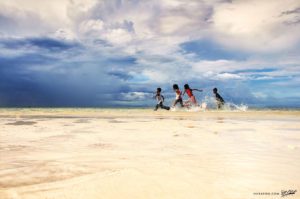
You and your family and friends can experience the beauty of San Narciso Beach in Quezon Province. This stunning beach offers plenty of activities and
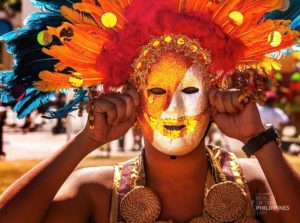
Among the many festivals that take place in Quezon, one of the most popular is the Boling-Boling Festival, particularly in the town of Catanauan. The
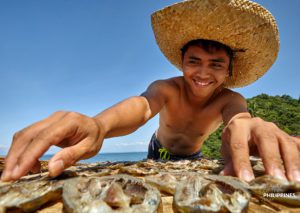
If you are driving along the Maharlika highway between Plaridel and Gumaca in Quezon Province, there is no way you can miss the sight of

Another highlight of Hondagua is Binutas Cave, a man-made tunnel that serves as a passage for beachgoers heading to the shore. Created to facilitate access from the improvised trolley, locally known as “skits,” which transport visitors from Lopez town to the beach, the tunnel adds a sense of adventure to the trip. According to local myths, Binutas Cave is more than just a practical passage; it is rumored to be a hidden treasure trove from World War II. The legends suggest that the tunnel was constructed by treasure hunters in search of gold and other valuables supposedly left behind by the Japanese during their occupation of the Philippines. These stories add an intriguing layer of mystery to the cave, enhancing its appeal for visitors.
For those interested in island hopping, Pulong Niugan is a notable destination close to Hondagua. This island features a gently sloping beach area with clear waters, making it an inviting spot for visitors. One of its standout features is the coral colonies located approximately 50 meters from the shore, which are a haven for marine life and offer excellent snorkeling opportunities. Additionally, a small sandbar enhances the island’s charm. While the sand may not be white, both locals and tourists are drawn to the island’s natural beauty and serene environment.
I’m looking forward to the stories and images leaving a lasting positive impression on you, just as they have on me. Stay connected with us on social media for a weekly exploration of travel assignments and breathtaking visuals. Our focus is on championing local tourism, showcasing small businesses, and honoring the magnificence of the Philippines through the content we curate. Join us in spreading the word by clicking the ‘share’ buttons below. Your support means the world to us.
EXPLORE MORE about

This celebration of the “Candle Festival” takes place from the 31st of January to the 2nd of February each year and is held in order

You and your family and friends can experience the beauty of San Narciso Beach in Quezon Province. This stunning beach offers plenty of activities and
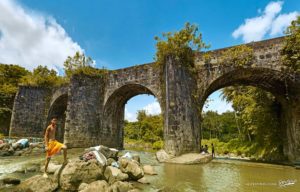
The Malagonlong Bridge is among the 11 historical bridges of the city of Tayabas located in Quezon Province. This bridge is one of the oldest
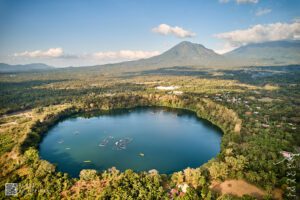
Gunao Lake, located in the charming town of Dolores in Quezon Province, remains a hidden treasure waiting to be discovered by adventurers seeking natural wonders.

Among the many festivals that take place in Quezon, one of the most popular is the Boling-Boling Festival, particularly in the town of Catanauan. The

If you are driving along the Maharlika highway between Plaridel and Gumaca in Quezon Province, there is no way you can miss the sight of
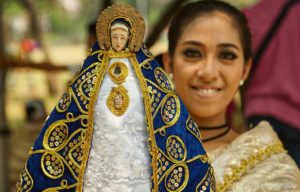
Located in the heart of Dolores, Quezon, the Hambujan Festival is a vibrant celebration that embodies the town’s rich heritage and deep connection with nature.
BROWSE BY CATEGORIES